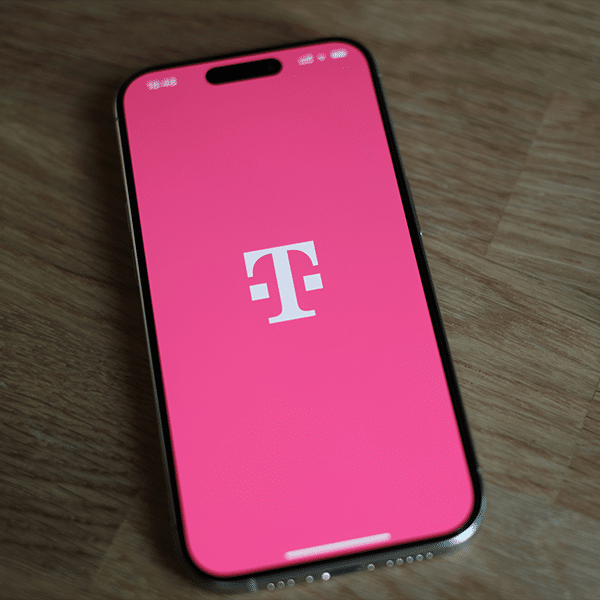 Verizon announced today that its 5G Ultra Wideband network is now available in parts of Dallas and Omaha. With the addition of these two markets, Verizon 5G markets now include portions of 15 cities.
Verizon announced today that its 5G Ultra Wideband network is now available in parts of Dallas and Omaha. With the addition of these two markets, Verizon 5G markets now include portions of 15 cities.
Other cities where the service is available – in select areas – are Chicago, Minneapolis, Denver, Providence, St. Paul, Atlanta, Detroit, Indianapolis, Washington, DC, Phoenix, Boise, Panama City and New York City.
Verizon has promised rapid expansion of its 5G service this year, committing to doubling the number of cities with access by the end of 2019 . Some of the cities planned for service by the end of this year include Boston, Charlotte, Cincinnati, Cleveland, Columbus, Des Moines, Houston, Kansas City, Little Rock, Memphis, San Diego and Salt Lake City.
Due to the use of limited reach millimeter wave spectrum, which Verizon is currently relying on for its 5G Ultra Wideband service, actual 5G coverage within these markets is fairly limited.
In Dallas, the areas include: Knox/Henderson, Downtown Dallas, Uptown, Medical Center Area, Deep Ellum; and around landmarks including Parkland Memorial Hospital, Children’s Medical Center, Jade Waters Pool, Dallas Comedy House, The Curtain Club, Dallas Theological Seminary and Turtle Creek Park.
In Omaha, the areas offering service include areas of downtown as well as near landmarks such as Old Market, Omaha Children’s Museum, The Orpheum Theatre, The Durham Museum, Heartland of America Park, Central High School and Creighton University.
“Customers in Dallas and Omaha become the latest to experience the super-fast download speeds delivered by our 5G Ultra Wideband service,” said Kyle Malady, Verizon’s chief technology officer, in a prepared statement. “We’re focused on building 5G right in order to enable unique experiences for our customers.”
A recent report from RootMetrics outlines the 5G coverage reality, a reality that’s not unique to just Verizon. That report highlighted that both Verizon and AT&T score high with regards to faster speed performance for 5G, but sparse coverage for this next-generation wireless technology is the current reality.
